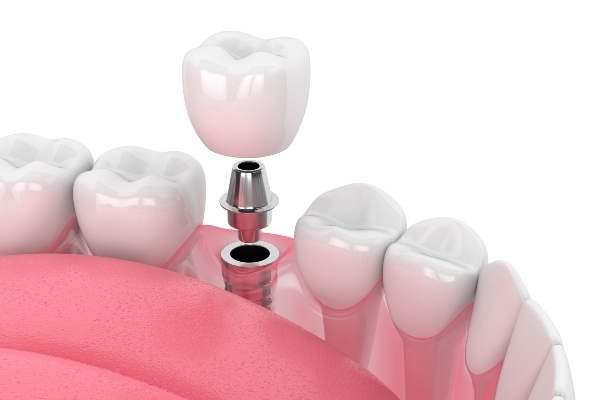 General dentistry treatments are available to restore the function and appearance of your teeth, depending on the severity of the tooth damage. The dentist will examine the cracked tooth and design a suitable treatment plan.
General dentistry treatments are available to restore the function and appearance of your teeth, depending on the severity of the tooth damage. The dentist will examine the cracked tooth and design a suitable treatment plan.
Treatments for a cracked tooth
The following are common treatments in general dentistry for repairing a damaged or fractured tooth:
Dental bonding
Dental bonding is often done to fix chipped, cracked, discolored, decaying, or gapped teeth. Anesthesia is not required during the operation unless the purpose is to fix cavities. After the dentist roughens the tooth, they will coat it with a conditioning substance. The resin material will be applied over the tooth, molded, and shaped to fit the tooth’s form. After the composite is hardened using ultraviolet light, the tooth bonding is shaped and polished to make it blend in with the remaining teeth. This composite bonding typically has a 10-year lifespan.
Dental crowns
Crowns are among the most often used restorative procedures. In the case of severe damage to a tooth that causes discomfort when the patient eats or drinks, the dentist will recommend getting a crown. This is a cap that fits the tooth and serves as a shield without compromising the tooth's appearance. A crown ensures that a cracked or fractured tooth can once again handle the pressure of chewing.
To make the operation more comfortable, an anesthetic will be administered. The tooth is then prepped, and impressions are taken to create the permanent crown. The permanent crown is bonded over the existing tooth structure once production is complete.
Veneers
Veneers are tooth-covering materials. They are preferred because they produce the most appealing and natural-looking results. A veneer is a thin layer of porcelain that is glued to the front of a tooth that needs repair. It can be placed on one tooth or multiple teeth. For many people, this treatment is ideal because it is possible to customize their appearance.
The process requires removing part of the enamel layer to make room for the veneer without making the teeth look bulky. After that, the dentist will take impressions and work with the patient to choose the preferred size, shape, and color of veneer. The veneers can survive for up to three decades with adequate care.
Root canal treatment
Root canal therapy entails removing the nerves and damaged tooth tissue. This technique can be used to treat a tooth with a fracture that has reached the pulp. Patients may also be recommended for a root canal if they are experiencing sensitivity, swelling, or a toothache. If left untreated, an infection like this can develop, resulting in bone loss, abscess, and other severe complications.
The procedure begins by checking the tooth’s condition. If the tooth is infected, an anesthetic is given, and the pulp and nerve of the tooth are removed by drilling into the tooth. To avoid future infection, the dentist will seal off the tooth and place a crown to improve the tooth's strength.
In conclusion
If you have a cracked tooth, you should consider visiting the general dentistry office for treatment options.
Request an appointment or call Eric A. Larson DDS at 801-871-8983 for an appointment in our Salt Lake City office.
Related Posts
Wondering how a damaged tooth can be treated? Read on to learn how general dentistry addresses damaged teeth. A damaged tooth can result from a blow to the mouth, bruxism, and a range of other causes. There are several ways a general dentist can restore the health, appearance, and function of a damaged tooth. This…
One of the more common concerns treated in general dentistry is a toothache. Treating toothaches involves determining the cause(s) of the toothache and treating the underlying concern because a toothache is generally a symptom of a more serious oral health issue.There are numerous ways a dentist can treat a toothache, and the most appropriate solution…
General dentistry focuses on keeping your teeth and gums healthy. Teeth cleanings are one of the staples of general dentistry, and the American Association of Dentists recommends getting them at least two times per year. The procedure protects teeth against tooth decay and gum disease.Tooth decay and gum disease are the top two reasons people…


